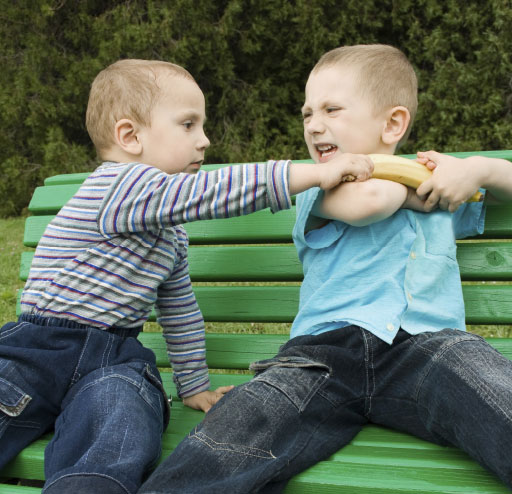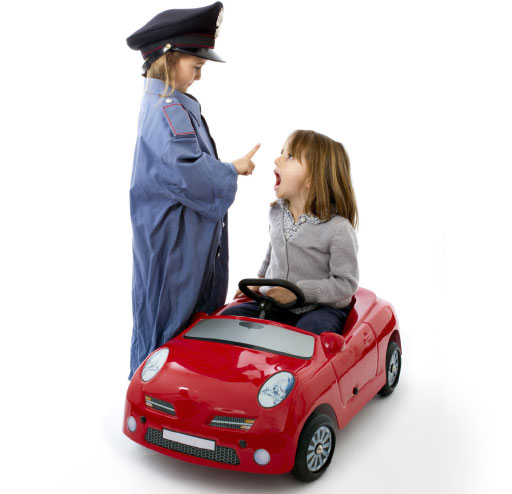Download a printable copy of this article (PDF 384KB)

- Every behaviour has a meaning.
- Every behaviour is specific to its context.
- Take the High Road when you respond.
- Decide whether the student is trying to get, avoid or achieve.
- Tweak and adjust the context.
In one of my previous career incarnations, I was given the opportunity to lead Behaviour & Wellbeing Coordination across all schools in the Northern Territory. It was a tough gig … and, in many ways, I was wildly unprepared. And so I read. I read all manner of books on various behaviourists’ theories from simple tough love through to constructivist approaches. This was appropriate for me in that role, but classroom teachers simply don’t have the time for that level of research.
“Life can only be understood backwards, but it must be lived forwards.”
– Soren Kierkegaard
If I were to synthesise the material I read into something undeniably true it would be that every behaviour has a meaning and a context. This is the Golden Behaviour Management Rule. When teachers accept and believe this, their responses are High Road. They are able to think about the behaviours they see and learn to respond rather than react.
High Road: Recognise > Understand > Respond
Low Road : Assume > Guess > React
The Meaning of Behaviour
Whenever students exhibit unacceptable behaviour they are attempting one of three things. To GET, to AVOID or to ACHIEVE an end. If teachers make a considered choice about which of these is motivating the behaviour, they can immediately take the High Road towards an effective response.
For example, when a Year 3 student throws a wild tantrum every time they are asked to do an achievable and reasonable task, the question is whether she is trying to GET, AVOID or to ACHIEVE something. In this case it is likely that they want to AVOID. They may be avoiding brilliantly, having learned through many years that this is a successful tactic to escape unwanted tasks. Your role as a gentle circuit-breaker of this unproductive cycle is critical, and it may simply involve asking yourself, “What is it about counting that’s causing this wild anxiety?”
The Importance of Context
Even our youngest students understand context. Many teachers have been told by parents and carers that the behaviour in question doesn’t occur at home. Of
course it doesn’t because the context is completely different. A few years ago there was a news story on a visit Prince Charles and Camilla made to Bondi Beach for a rugby league clinic. Where once there were a dozen buffed and brave footballers with their ‘guns’ on display for all and sundry, suddenly there was a group of quivering, sweaty-palmed schoolboys trying to work out whether to curtsy or bow. The arrival of the royal couple had entirely altered the context.
The wonderful news is that teachers have total control over the context. Teachers can make choices about
where students sit, what learning stimulus is on display, how the timetable works, use of breakout spaces, use of teacher assistants, group work and technology use. Changes in any of these aspects can have a fundamental impact on behaviour. The lesson is to tweak. Make small changes at first, give them an appropriate period of time to have impact and informally evaluate their effectiveness. You might be surprised at how effective this strategy is when you shift your focus from the students to the environment occasionally.
Teachers who choose the High Road are more effective and less stressed. They don’t waste their time justifying ineffective practice in the staffroom by blaming students with comments such as “Well, Billy is being his usual so-and-so self today” and waiting for support. High Road teachers resist the urge to stamp students with labels that they will eventually learn to live up to.







